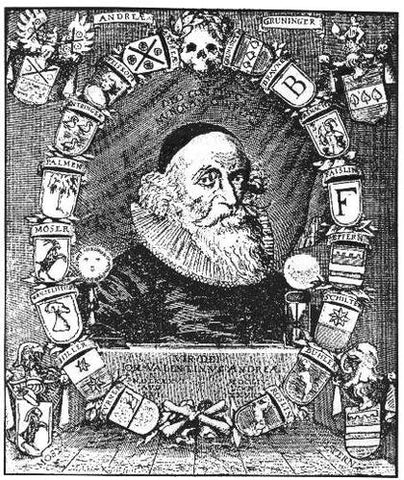
Mankind has created numerous systems of signs since the dawn of time for communication and assimilation of information. Today it is difficult to imagine past and present civilizations without ancient hieroglyphics, letters, numbers, allegorical figures, road signs, morse code and other sets of unified symbols. Coats of Arms, which first appeared in the Middle Ages also belong in this list. Their difference, compared to other signs, is that they have more than a practical significance. Coats of Arms symbols made meaningful the pursuits, ideas, ambitions, and even specific events of society. Victor Hugo once wrote, “ To the person who can read heraldry- the coat of arms is algebra; the coat of arms is a language. The entire history of the second half of the Middle Ages is written in heraldry, the same as the history of the first half is written in the symbolism of the Roman Church”
Coats of Arms were so widespread during the late Middle Ages and modern times that heraldry resonates in nearly all spheres of public life: politics, arts, the military, law, and literature. Noblemen displayed coats of arms on shields they carried into battle, as well as on their clothes at their manor estates. Women sewed dresses decorated in them and palace servants wore heraldic liveries. Coats of arms appeared on flags, seals and signets, coins and medals for special occasions. They served as décor on castles and palaces of sovereigns, and churches, town halls, household necessities, carriages, books, and tombstones of the nobility and of townspeople. Writers created odes and epigrams for coats of arms, and often legends about their exceptional origins. Life was such that a coat of arms followed an individual all the way to their final journey.
Coats of Arms were so widespread during the late Middle Ages and modern times that heraldry resonates in nearly all spheres of public life: politics, arts, the military, law, and literature. Noblemen displayed coats of arms on shields they carried into battle, as well as on their clothes at their manor estates. Women sewed dresses decorated in them and palace servants wore heraldic liveries. Coats of arms appeared on flags, seals and signets, coins and medals for special occasions. They served as décor on castles and palaces of sovereigns, and churches, town halls, household necessities, carriages, books, and tombstones of the nobility and of townspeople. Writers created odes and epigrams for coats of arms, and often legends about their exceptional origins. Life was such that a coat of arms followed an individual all the way to their final journey.

